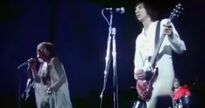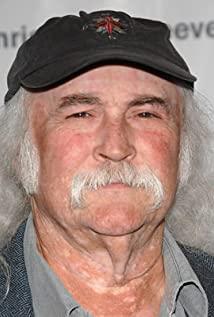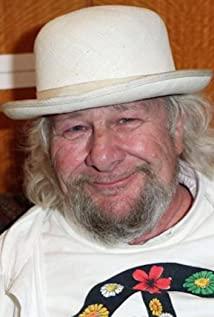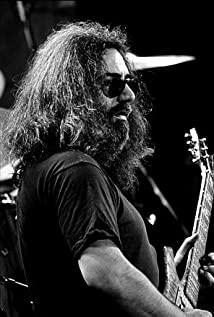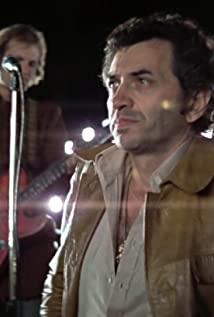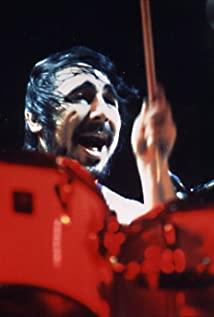Woodstock Music & Art Fair, often referred to as The Woodstock Festival or The Woodstock. It was a music festival that attracted 400,000 people and was expected to be three days but was extended to four days due to rain. The ranch in New York was originally scheduled to run from August 15 to August 17, 1969, but was extended to August 18. The poster at the beginning was originally titled "Aquarius Expo: Three Days of Peace and Music". Venue: Max Yasgur's 2.4-square-kilometer ranch on Kazitch Hill near White Lake Village, Bethlehem, New York. The town of Bethlehem is located in the town of Bethlehem in Sullivan County, 69 kilometers southwest of the town of Woodstock, which is part of Ulster County.
The 32 shows drew 400,000 people on the weekend with occasional showers. It is widely regarded as a very important event in the history of popular music. Rolling Stone magazine called it one of 50 major turning points in rock and roll history. A documentary of the event was released in 1970, along with the soundtrack. A song by Joni Mitchell called Woodstock was written for the event, and the Crosby, Stills, Nash & Young band consisting of David Crosby, Stephen Stills, Graham Nash, and Neil Young were also there. It became famous after the event.
free concert
The last emergency (change of venue) made it too late for the founder to prepare. At the meeting three days before the event, the founders felt that there were only two options: one is to build a fence and ask for security to control possible riots caused by erecting a fence; the other is to invest all resources in the completion stage, And this choice will expose the organization to economic problems. The group of tourists who arrived earlier than expected helped them make the decision - they cleared the fence the day before the concert.
music Festival
Crowds of people attending the festival poured into the township, causing serious traffic jams. Although the crowd brought chaos to the town, the town of Bethlehem has not exercised their public power. WNEW-FM, a radio station as far away as Manhattan, and other TV reports are citing traffic problems to persuade everyone not to leave for the festival; Arlo. Arlo Guthrie claimed at the time that New York State highways were forced to close as a result (this claim was also included in the documentary), and the director of the Woodstock Museum said that never happened. To make matters worse, the occasional showers made the roads muddy and impassable, with no facilities nearby to maintain hygiene and provide basic needs, and tens of thousands of tourists had to face bad weather, lack of food and poor sanitation.
On the morning of August 17, New York Governor Nelson Rockefeller called John Roberts and said he was considering sending 10,000 New York State Guard troops to the festival. Fortunately, Roberts successfully dissuaded him. Rockefeller. Still, Sullivan County went into a state of alert.
Jimi Hendrix was the last performer at the festival. He was not able to take the stage until 8.30am on Monday morning due to a delay caused by rain on Sunday. Over the three days, the audience was estimated to be up to 400,000 people, with about 30,000 to 40,000 remaining by the time Hendrix took the stage, many of whom were there to catch a glimpse of Jimi Hendrix before leaving. Hendrix and his band performed for two hours, of which their reinterpretation, psychedelic version of the American National Anthem took up about three-quarters of the time (followed by Purple Haze). The song was included in the documentary and is considered one of the zeitgeist of the 1960s. When Hendrix performed the song, wearing a white fringed leather jacket with blue beading and a red turban, it was also seen as a representative image of the 1960s.
Although the festival was held in near-peaceful conditions, there were two fatalities: one from a heroin overdose, and another when a tractor ran over a tourist sleeping on the grass. Two children were also born at the festival (one was born in a car due to traffic, the other was taken to the hospital by helicopter) and four were miscarried. In the documentary, two deaths (both for the same reasons) and the birth of at least one child were verbally confirmed, although of course these events also caused some subsequent trouble.
True to the ideals of the 1960s, Woodstock was the event that satisfied the most attendees. The combination of the quality of the music and the amount of crowds, as well as imagery like some bohemian dresses, as well as people's behavior and attitudes, make this event one of the most talked about events of the twentieth century.
For myself, the decline of psychedelic rock, psychedelic rock after this festival, part of it was influenced by the East Bay avant-garde movement, more and more experimental elements, and the other part became heavier, It turned into heavy metal, and so far, I still like the psychedelic rock music of that period the most, such as the Gates, in fact, I have only heard the Gates. I rarely listen to experimental rock. Pink Floyd's experimental rock is also very good. I listened to it last spring. When I was proud of the spring breeze, I rode a battery car through the Liuyang River and wanted to shout it out. As for heavy metal, if it is considered heavy metal in the acDC category, I think I can accept it.
The decline after the festival. For me personally, it might be a decline if I haven't experienced such a big festival. The festivals I've been to are probably only 10,000 or 20,000 people at most, but only two of the 400,000 people died. The 1991 Soviet rock festival I was watching was much better. (Remember that 30,000 people overdosed on drugs and couldn't get up after the end.) Maybe there will never be a free music festival where 400,000 people play, communicate, live and love together.
The Decline of Hippie Culture I don't know much about hippie culture, just right. Some time ago, I read "When the Revolution Spreads" and linked the two, saying that left-wing ideology prevailed in Europe at that time, French people's yearning for revolution, Japan's Minamata disease, Guevara's death, Vietnam War and domestic anti-war ideology in the United States . Freedom of thought movement, civil rights movement, drugs. Sexual liberation, Eastern philosophy (the documentary features a blond man doing tai chi). Nihilism, hedonism, New Zeitgeist, political radicalization, the problem of apartheid in South Africa, spread left-wing thought all over the world. The young man worked hard to hold on to his own ideas. The 1970s were based on purely political theories and ever-lost beliefs (why against. Radicalization, even toward the opposite of revolution, increasingly chaotic lives), drug overdose, consequences of sexual liberation (AIDS, abortion) ) hippies are no longer fashionable. It was also brutally repressed. An anti-war rally at Kentleyda University was violently suppressed, and four students died on the spot. The events that really hit the hippie movement hard were the brutal murder of the wife of the famous director Roman Polanski by the "Manson Family" in 1969, and the bloody murder at the Altamont music festival. These two incidents exposed the dark side of human nature and damaged the image of the "love and peace" of the hippie movement. At the same time, urban yuppies and yuppies have emerged in the society, generally referring to the "beautiful" men who pursue fashionable life in the city. They are avant-garde, know how to enjoy, although they can easily accept new things, but lack the spirit of deviant, many small ideas, not many big ideas, and no sense of inspirational innovation and adventure. More and more mainstream is also the root of the ebb. The yuppie mentioned above also ebbed after the turn of the century. Bob Stubbs, "Once it's a mass movement, it's ruined by copycats, not participants..." The hippie movement is dead, and so are many of those back then.
View more about Woodstock reviews





